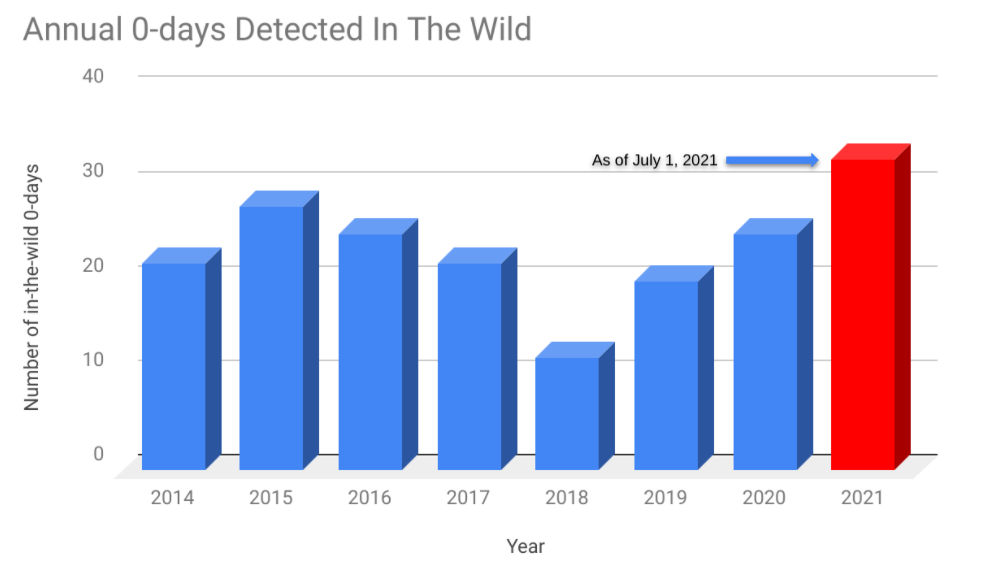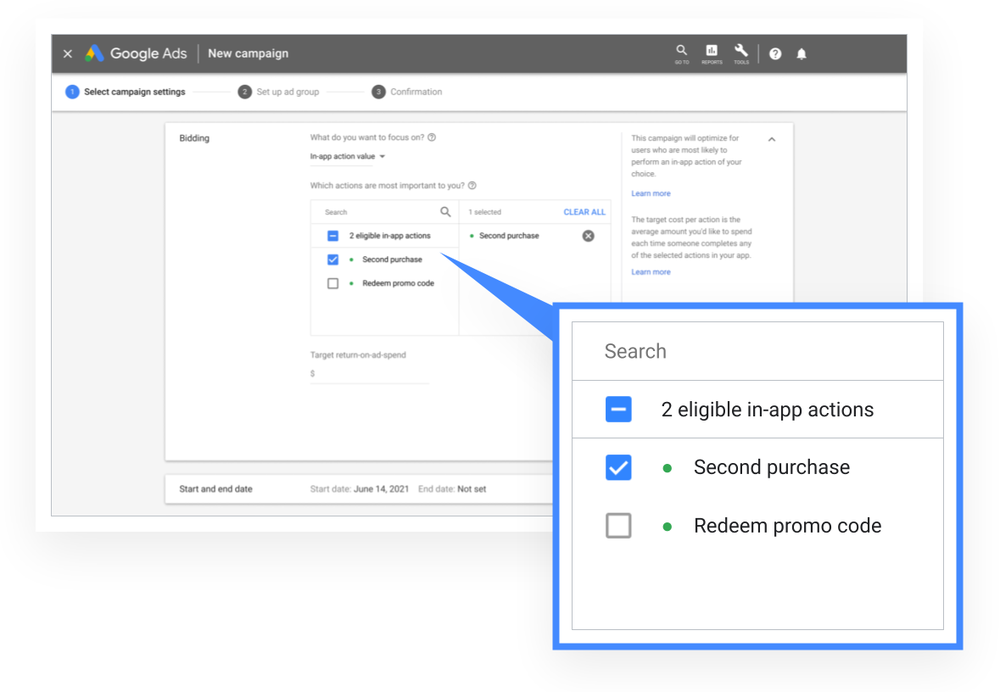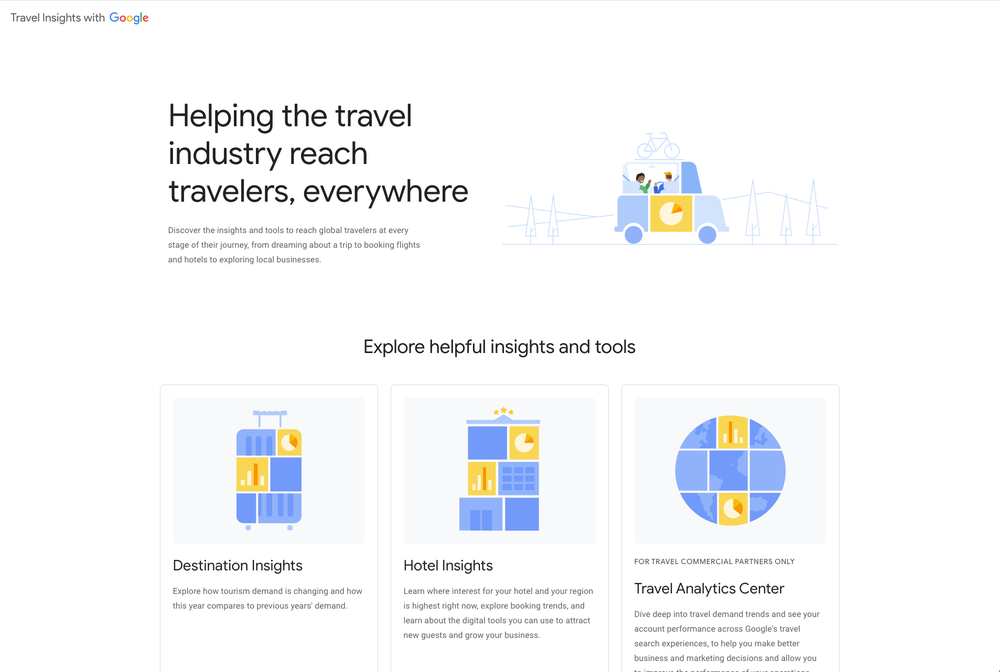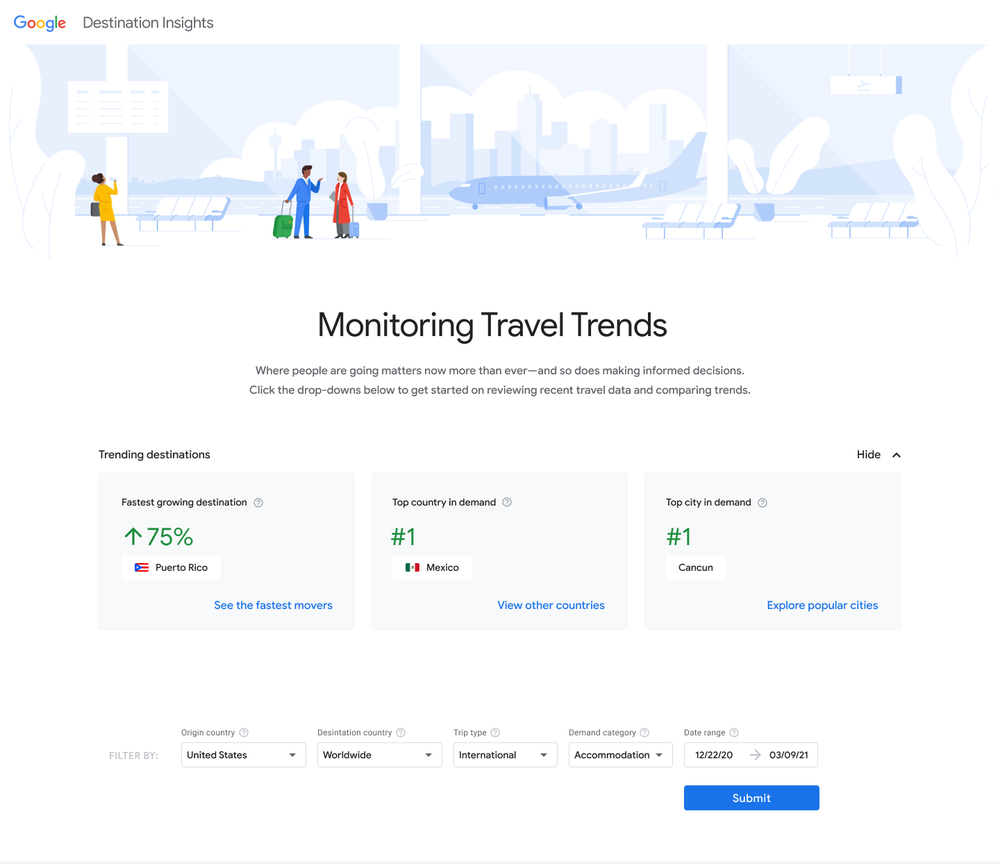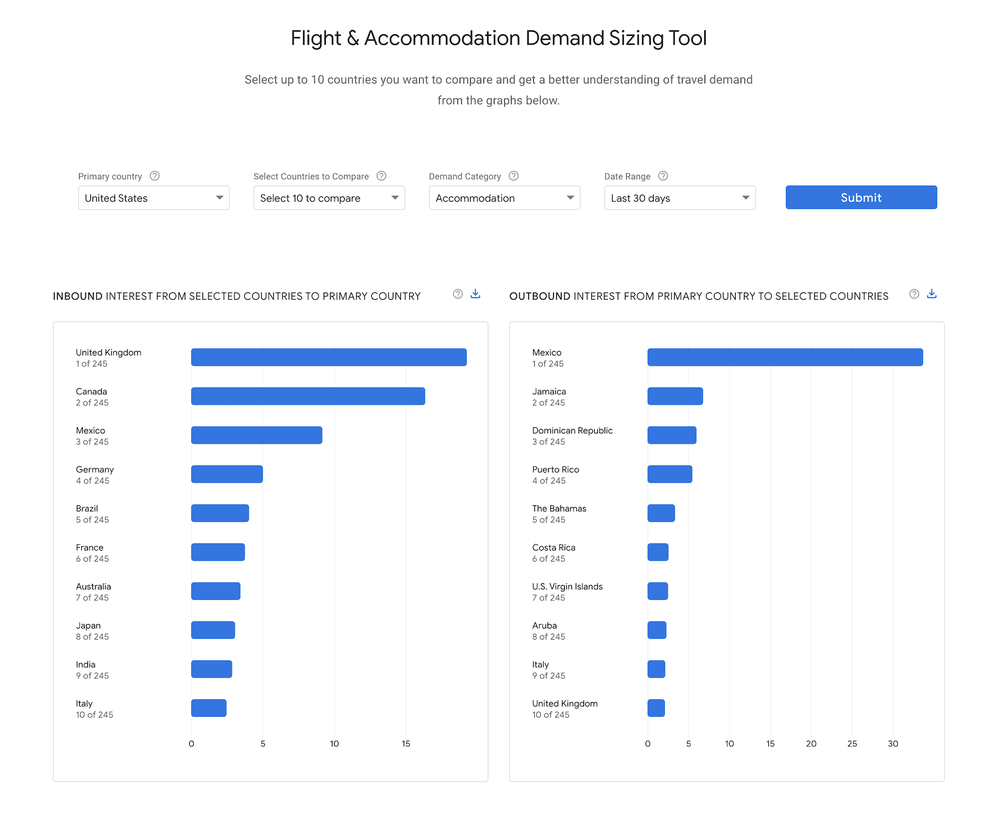Why So Many 0-days?
There is not a one-to-one relationship between the number of 0-days being used in-the-wild and the number of 0-days being detected and disclosed as in-the-wild. The attackers behind 0-day exploits generally want their 0-days to stay hidden and unknown because that’s how they’re most useful.
Based on this, there are multiple factors that could be contributing to the uptick in the number of 0-days that are disclosed as in-the-wild:
Increase in detection & disclosure
This year, Apple began annotating vulnerabilities in their security bulletins to include notes if there is reason to believe that a vulnerability may be exploited in-the-wild and Google added these annotations to their Android bulletins. When vendors don’t include these annotations, the only way the public can learn of the in-the-wild exploitation is if the researcher or group who knows of the exploitation publishes the information themselves.
In addition to beginning to disclose when 0-days are believed to be exploited in-the-wild, it wouldn’t be surprising if there are more 0-day detection efforts, and successes, occurring as a result. It’s also possible that more people are focusing on discovering 0-days in-the-wild and/or reporting the 0-days that they found in the wild.
Increased Utilization
There is also the possibility that attackers are using more 0-day exploits. There are a few reasons why this is likely:
- The increase and maturation of security technologies and features mean that the same capability requires more 0-day vulnerabilities for the functional chains. For example, as the Android application sandbox has been further locked down by limiting what syscalls an application can call, an additional 0-day is necessary to escape the sandbox.
- The growth of mobile platforms has resulted in an increase in the number of products that actors want capabilities for.
- There are more commercial vendors selling access to 0-days than in the early 2010s.
- Maturing of security postures increases the need for attackers to use 0-day exploits rather than other less sophisticated means, such as convincing people to install malware. Due to advancements in security, these actors now more often have to use 0-day exploits to accomplish their goals.
Conclusion
Over the last decade, we believe there has been an increase in attackers using 0-day exploits. Attackers needing more 0-day exploits to maintain their capabilities is a good thing — and it reflects increased cost to the attackers from security measures that close known vulnerabilities. However, the increasing demand for these capabilities and the ecosystem that supplies them is more of a challenge. 0-day capabilities used to be only the tools of select nation states who had the technical expertise to find 0-day vulnerabilities, develop them into exploits, and then strategically operationalize their use. In the mid-to-late 2010s, more private companies have joined the marketplace selling these 0-day capabilities. No longer do groups need to have the technical expertise, now they just need resources. Three of the four 0-days that TAG has discovered in 2021 fall into this category: developed by commercial providers and sold to and used by government-backed actors.
Meanwhile, improvements in detection and a growing culture of disclosure likely contribute to the significant uptick in 0-days detected in 2021 compared to 2020, but reflect more positive trends. Those of us working on protecting users from 0-day attacks have long suspected that overall, the industry detects only a small percentage of the 0-days actually being used. Increasing our detection of 0-day exploits is a good thing — it allows us to get those vulnerabilities fixed and protect users, and gives us a fuller picture of the exploitation that is actually happening so we can make more informed decisions on how to prevent and fight it.
We’d be remiss if we did not acknowledge the quick response and patching of these vulnerabilities by the Apple, Google, and Microsoft teams.
